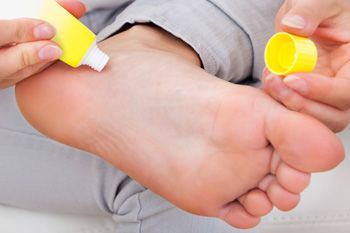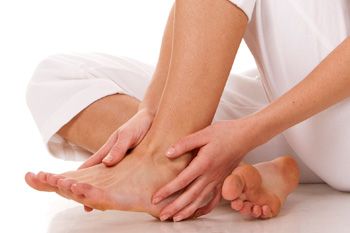Foot or Ankle Injury
An injury to the foot or ankle can lead to swelling. The most common is a sprained ankle, which occurs when an injury or misstep causes the ligaments that hold the ankle in place to be stretched beyond their normal range. To reduce the swelling from a foot or ankle injury, rest to avoid walking on the injured ankle or foot.
Use an ice pack wrapped in a towel (don’t use in direct contact with the skin) for up to 20 minutes, reapply if necessary after a 20 minute break Wrap the foot or ankle with a compression bandage and elevate the foot on a stool or pillow. If swelling and pain is severe or doesn't improve with home treatment, seek medical advice.
Continue reading







